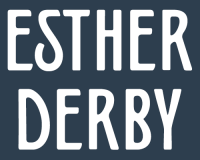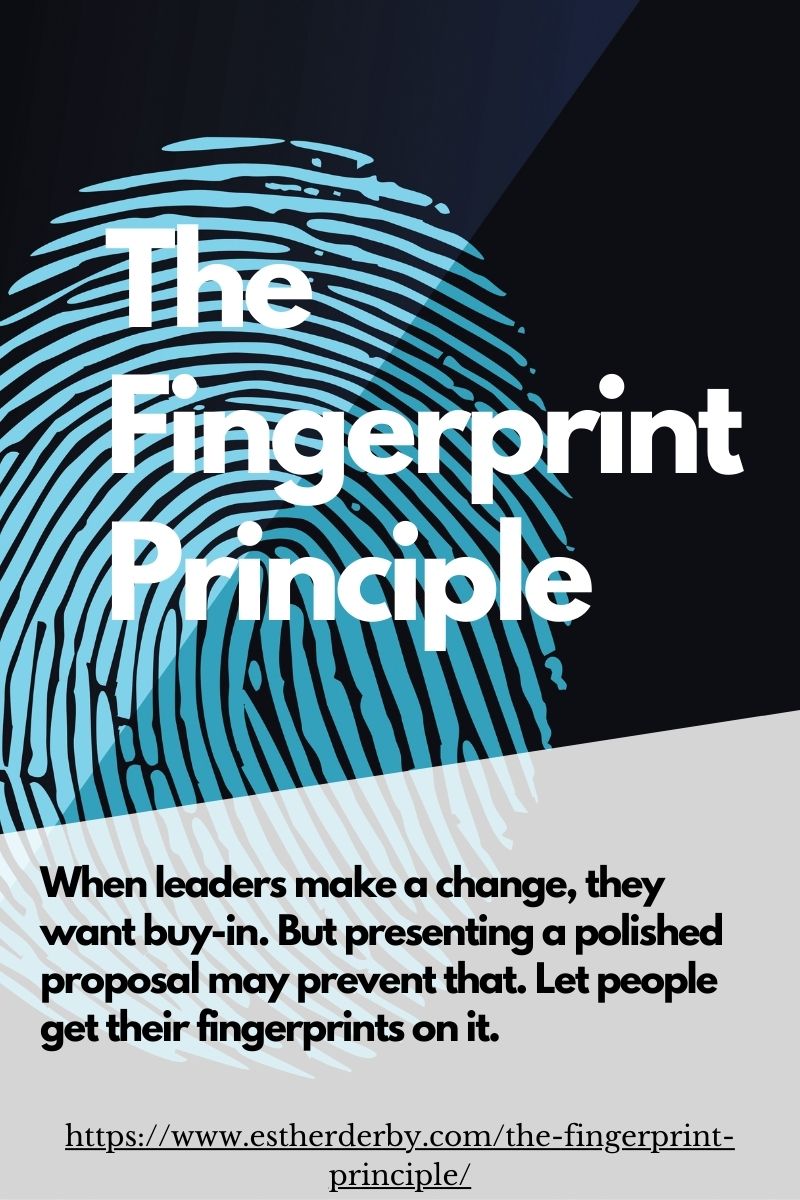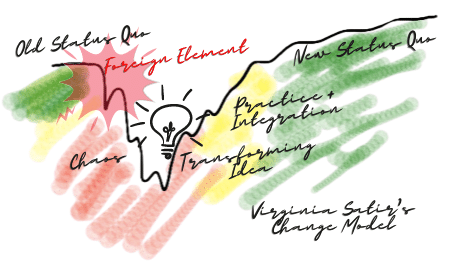When companies decide they want the benefit of the team effect, or adopt agile methods, they (sometimes) realize that they need to update their management style as well. And too often, they enter an 4-step dance of oscillation.
Managers feel overburdened and overwhelmed. Teams are disengaged. They want teams to take more responsibility, and show more engagement. The managers stop telling teams what to do, and wait for teams to step up, take responsibility, and morale to flip into the positive zone. So the managers step back, and the 4-step starts, and usually ends up back where it started–overburdened managers, disengaged teams, and an uptick in cynicism.
If you are in this pattern, you are not alone. It comes from trying to solve a problem, when what you have is a polarity. There are upsides and downsides and you have to attend to both.
You don’t have to get stuck in the 4-step oscillation. If your organization wants to move from command and control management to something more like servant leadership, here’s some help for the journey.
Here are things a managers can do to move, and manage the upside and downside of becoming servant leader to a team.
1) Redefine the decision boundaries
2) Calibrate your interventions
3) Increase the overlap between contextual and day-to-day knowledge
4) Shift focus off events and onto patterns and system structures
5) Change your questions
My slides from Much Ado About Agile, Vancouver, BC 2010







I’m unable to see the presentation, so I’m a little in the dark about your 5 steps (redefine decision boundaries, calibrate interventions…). Do you already have an article about it perhaps?
Recently I discovered this which interested me: what do you think?
http://www.teambusinessdevelopment.co.uk/top_down_command_and_control_management_problems.html
(I think it is following a Human Givens approach.)
gnashing of teeth. tearing of hair.
Dunno what’s up with the slideshare upload. Will look into it now that I’m back in my office.
I have lots of articles and posts about bits and pieces of this….but I think now I will pull them all together.
The slides just aren’t the same without me standing beside them.
e
Hi Esther,
I first want to say I follow your blog and consistently find valuable information here (I also own a copy of your Retrospectives book). This entry looks very relevant for me at the moment, but I’m having some trouble making sense of the slides…Is there a video of the talk by any chance? I imagine the slides make a lot of sense once they’ve been presented, but you lose me in a couple of places:
On the “Calibrate Intervention” slide, what are content and process? Do these numbers correspond to the 1-2-3-4 sequence from the previous slides? I’m confused…
The wedding ring slide has me a bit stumped…it looks like it’s something describing what people value and what motivates them, but I’m not sure…
I think I see something in the pictures that follow describing a train wreck resulting from the best intentions of a command and control manager, followed by some ways to detect and avoid the train wreck…but…I can’t tell :-(.
Thanks again for your great content. Any help you can give in understanding this would be much appreciated.
Hi, Chris –
Well, it’s just not the same with out me standing beside the slides. I’ll touch on some of the points you ask about.
Calibrate your intervention
_________________________
Some manager are accustomed to telling. But if you want a team to build capacity and trust that you want them to do (some) things for themselves, telling isn’t always the most effective thing to do.
This model is about escalating intervention, starting with a gentle nudge (supportive about process), ending with telling (directive about content). Start with the smallest intervention you can, based on the context. You can always move up the scale (towards directive about content)–but if you start with telling, it takes a lot of time to unwind the damage.
This model came to me from Kati Vilkki.
Share Contextual Knowledge
———————-
The wedding ring is part of a “canvas” that provides a way to think about business models. I use it as a starting point for sharing that contextual knowledge with teams (see my post on bifurcation of knowledge). The wedding ring thing represents “partnership.” The areas on the canvas represent these questions:
What is our value proposition?
Who are our customers?
How do we build and maintain a relationship with our customers?
By what channels does our value proposition reach our customers?
What are our revenue streams?
What’s our cost structure?
What are our important people and resources?
What are our key activities?
What are our key partnerships?
The train wreck is likewise about increasing shared knowledge. Managers often don’t know how the work really works. The picture is about a manager who had an idea about how the work worked, but his idea was not an accurate map of reality.
Agile Vancouver did video tape, I’ll post when/if the video is available.
Thanks for asking!
I’ll get all of this written down at some point.
e
Thanks for the prompt, detailed explanation, that helped clear things up a lot!
Thank you very much, Esther. I look forward to the Agile Vancouver video, too.